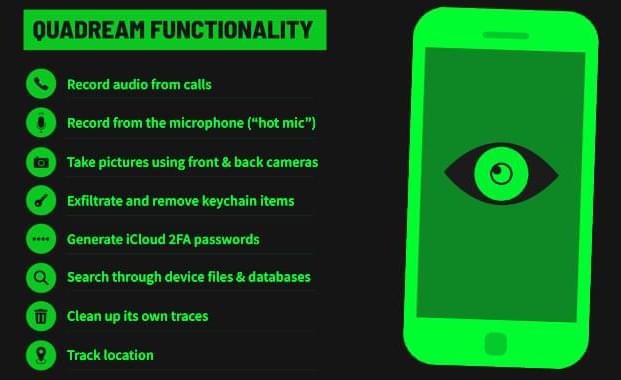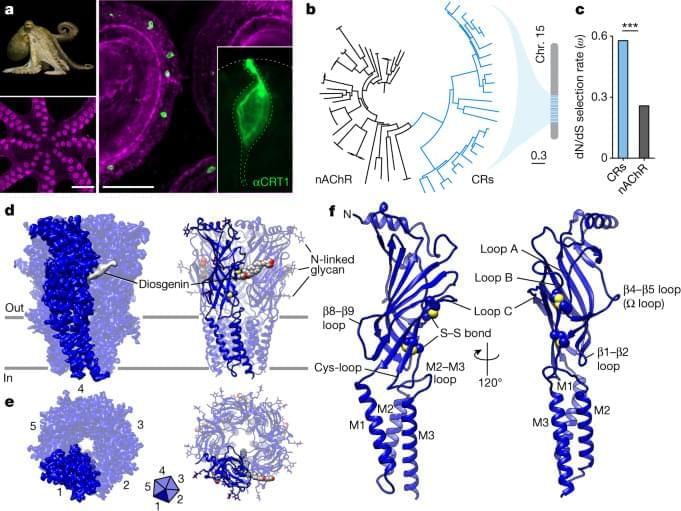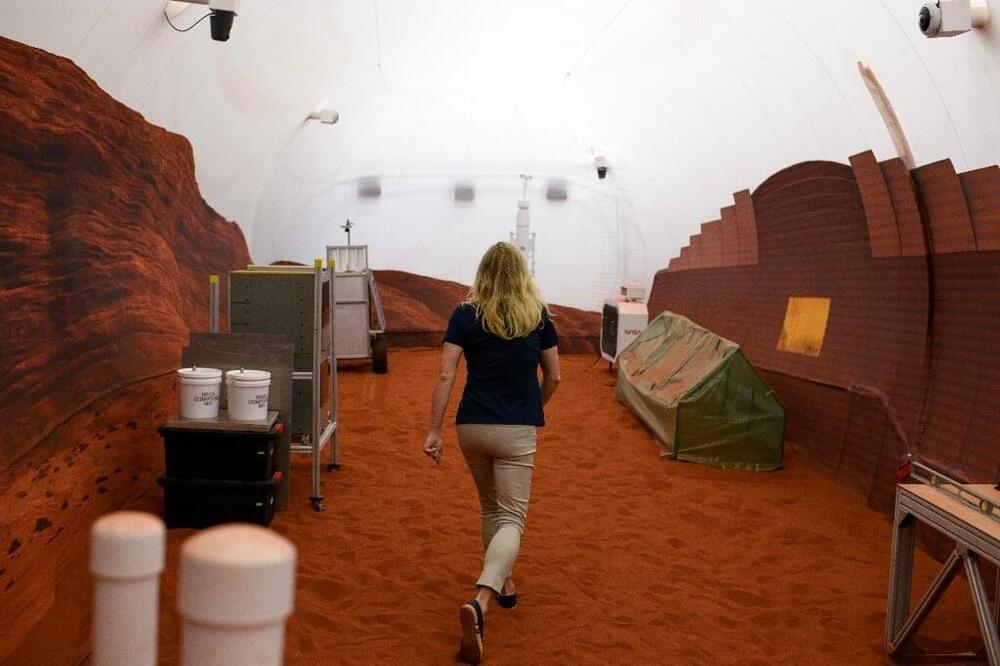The team created a vacuum chamber equipped with twin electrodes to simulate the coronal loop phenomenon.
Coronal loops are arcs of curving plasma that appear above the Sun’s surface. These loops are so powerful that they can travel up to 100,000 kilometers above the surface of the Sun and last for minutes to hours.
Understanding coronal loops.
NASA
However, there are numerous underlying factors that scientists are attempting to decipher in relation to coronal loops. With that stated, Caltech scientists have created a tiny coronal loop in a laboratory, which could help them closely understand the sun’s dynamics.






